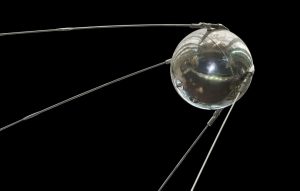The following timeline has been constructed to show the importance of the LRSM in academic, interdisciplinary, materials research over more than half a century. It’s genesis is to be found in the USSR’s launch of the first space vehicle, Sputnick, in 1957, which put the USA behind in the race into space. Essential to this race was the development and understanding of new materials and so the Defense Advanced Research Project Agency, DARPA, an arm of the Department of Defense, issued an RFP for interdisciplinary materials research early in 1960. The University was one of three successful grant recipients, along with Cornell and Northwestern, and thus the LRSM was created in 1960. This timeline illustrates some of the most important advances made in materials research at Penn over the last 60 years of continuous funding, first by DARPA and, after 1973. by the NSF. Foremost among these has been the award of 5 Nobel prizes to our faculty and former students with, hopefully, more to come. Research within the LRSM has led to advances in many areas of materials, ranging from amorphous metals to quasicrystals, conducting polymers, nanomaterials, and, more recently, the unique field of topological insulators.
LRSM Directors
Under ARPA Funding, designated a Materials Research Laboratory, MRL.
1960 July 1-Sept. 15, Norman Hixon, Engineering, Temporary Director (Deceased)
1960-66, John N. Hobstetter, MSE
1966-69, Louis A. Girifalco, MSE
1969-71, Eugene R. Nixon, Chemistry
1971-2, Charles D. Graham, Interim, MSE
NSF Funding
1972-77, Donald N. Langenberg, Physics
1977-82, Alan J. Heeger, Physics
1982-6, David White, Chemistry
1986-89, Gregory C. Farrington, MSE
1989-92, E. Ward Plummer, Physics
1992-2009, Michael L. Klein, Chemistry
2009-, Arjun Yodh, Physics
LRSM members elected to the National Academies
Materials Science and Engineering (originally Metallurgy)
Charles McMahon, NAE 1980
Doris Kuhlmann Wilsdorf, NAE 1994
Vaclev Vitek, NAE 2006
Dawn Bonnell, NAE 2013
David Srolovitz, NAE 2015
Christopher Murray, NAE 2018
Physics
Robert Schrieffer, Nobel Prize, 1972
Eli Burstein, NAS 1979
Doug Scalapino, NAS 1991
Paul Steinhardt, NAS 1998
Alan Heeger, NAE 2002, Nobel Prize, 2000
Tom Lubensky, NAS 2002
Paul Chaiken, NAS, 2004
Ward Plummer, NAS 2006
David Weitz, NAS 2010, NAE, 2016
Charles Kane, NAS 2014
Andrea Liu, NAS 2016
Gene Mele, NAS, 2019
Chemistry
David Chandler, NAS 1995
Ahmed Zewail (student of Robin Hochstrasser) Nobel Prize 1999
Alan MacDiarmid, Nobel Prize 2000, FRS 2003
Hideki Shirakawa, Nobel Prize 2000Michael Klein, FRS 2003, NAS 2009
Timothy Swager, NAS 2008
Marsha Lester, NAS, 2016
Christopher Murray, NAE 2018
Chemical Engineering
Eduardo Glandt NAE 1996
Ray Gorte, NAE 2018
John A. Quinn, NAE 1978
Bioengineering
Dennis Discher, NAE 2012
Biochemistry and Biophysics
Bill DeGrado, NAS 1999

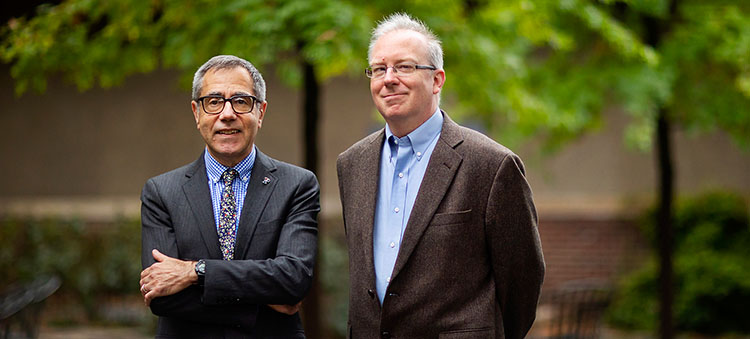

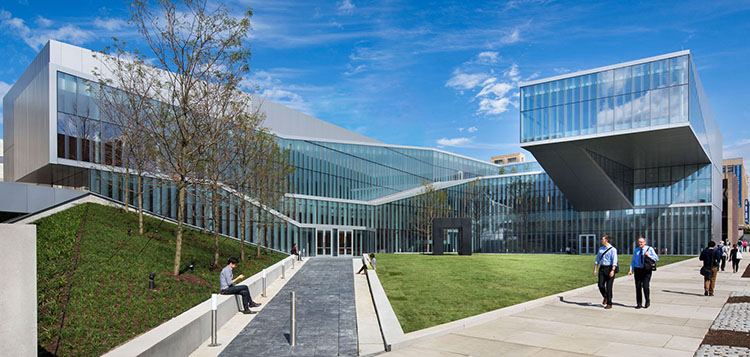
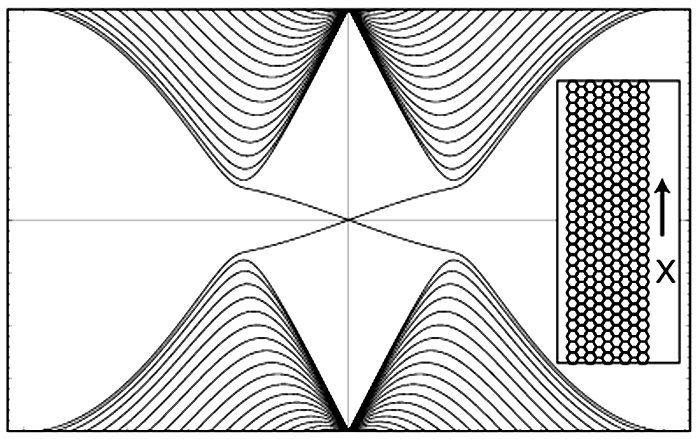
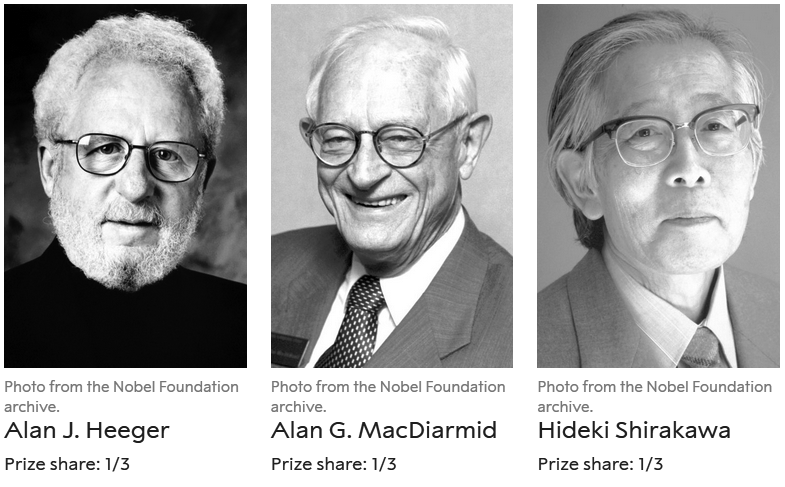
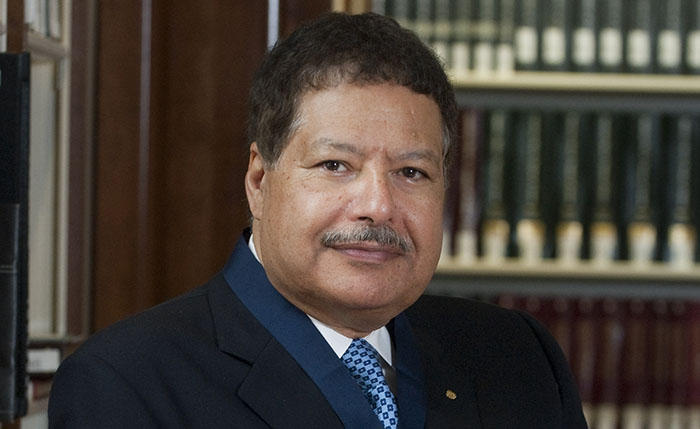

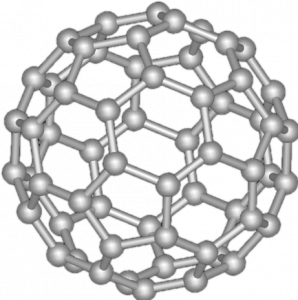 Jack Fischer, MSE, Amos Smith, Chemistry, Charlie Johnson, Physics, Gene Mele, Charles Kane, et al, extensive interdisciplinary studies on C60 (Fullerenes) and carbon nanotubes.
Jack Fischer, MSE, Amos Smith, Chemistry, Charlie Johnson, Physics, Gene Mele, Charles Kane, et al, extensive interdisciplinary studies on C60 (Fullerenes) and carbon nanotubes.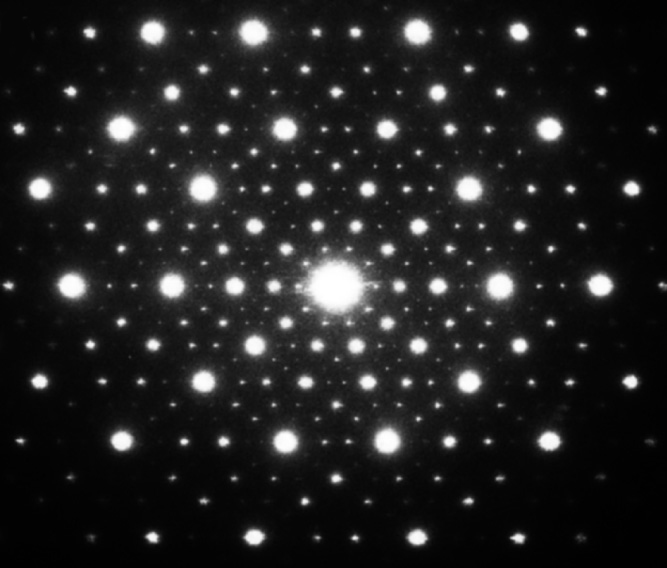
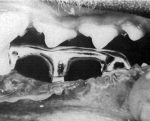
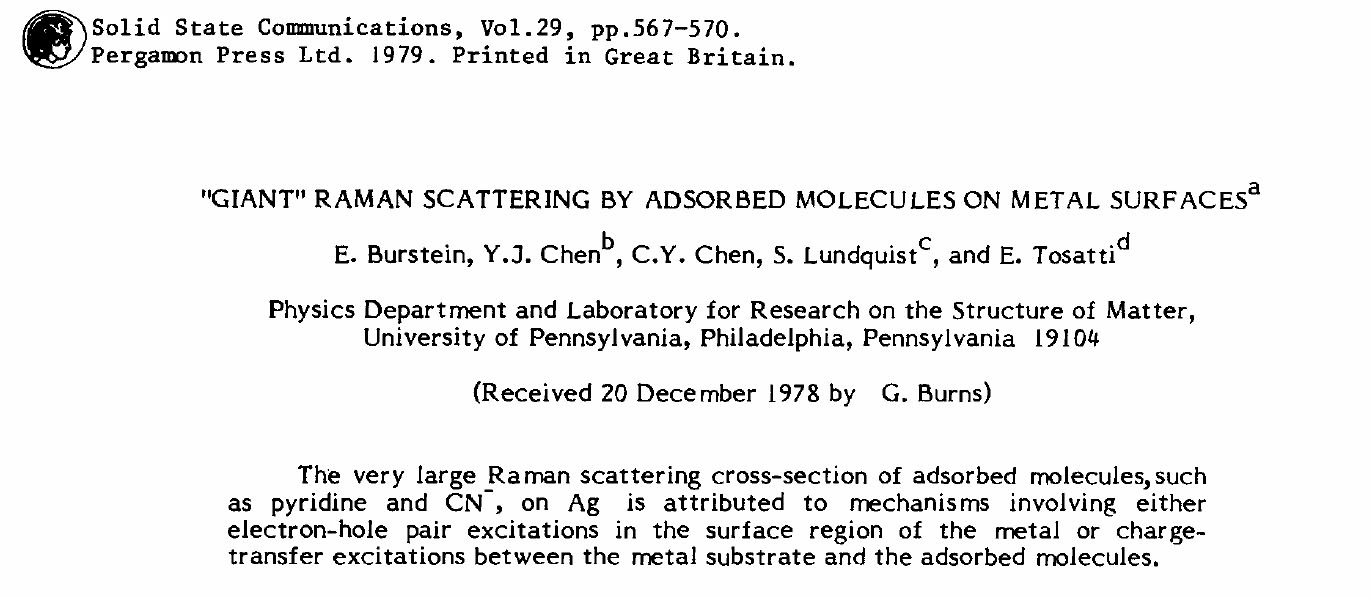
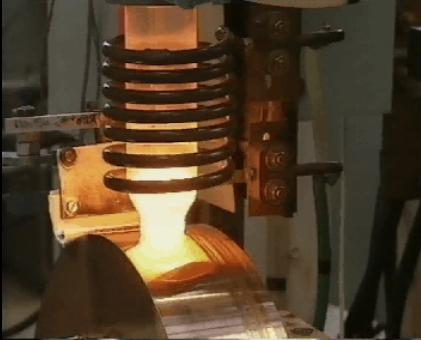
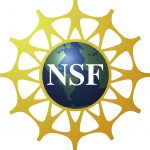 Funding of Materials Research Labs (MRL) taken over by the National Science Foundation
Funding of Materials Research Labs (MRL) taken over by the National Science Foundation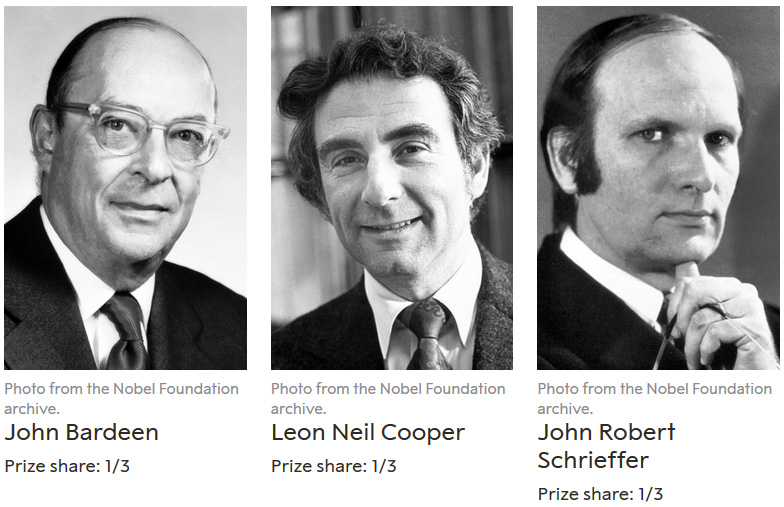
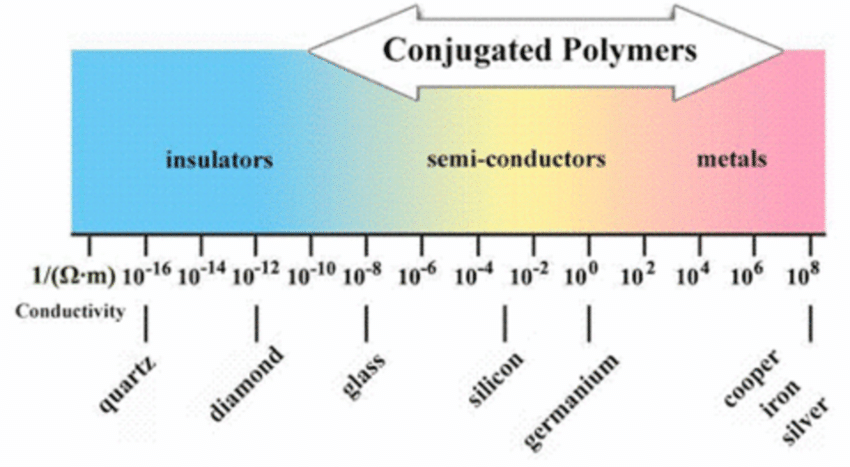
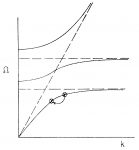 Eli Burstein, Physics, Raman scattering e.g. ‘Theory of first-order Raman Scattering in Insulators’ PHYSICAL REVIEW Volume: 188 Issue: 3 Pages: 1465-& Published: 1969
Eli Burstein, Physics, Raman scattering e.g. ‘Theory of first-order Raman Scattering in Insulators’ PHYSICAL REVIEW Volume: 188 Issue: 3 Pages: 1465-& Published: 1969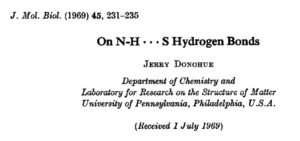 Jerry Donohue, Chemistry, studies in x-ray diffraction e.g. ‘On N-H…S Hydrogen Bonds Journal of Molecular Biology Volume: 45 Issue: 2 Pages: 231-& Published: 1969
Jerry Donohue, Chemistry, studies in x-ray diffraction e.g. ‘On N-H…S Hydrogen Bonds Journal of Molecular Biology Volume: 45 Issue: 2 Pages: 231-& Published: 1969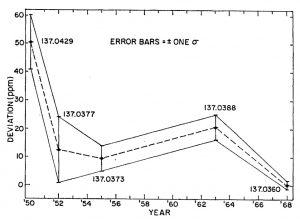 Don Langenberg, Physics, Superconductivity e.g. Determination Of E/H, Using Macroscopic Quantum Phase Coherence in Superconductors – Implications for Quantum Electrodynamics and Fundamental Physical Constants Reviews Of Modern Physics Volume: 41 Issue: 3 Pages: 375-+ Published: 1969
Don Langenberg, Physics, Superconductivity e.g. Determination Of E/H, Using Macroscopic Quantum Phase Coherence in Superconductors – Implications for Quantum Electrodynamics and Fundamental Physical Constants Reviews Of Modern Physics Volume: 41 Issue: 3 Pages: 375-+ Published: 1969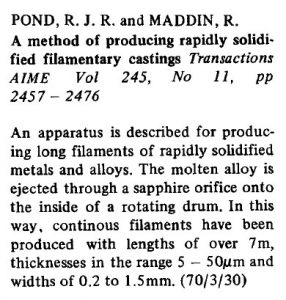 Robert Maddin, MSE, studies on metallic glasses, e.g. “A Method of Producing Solidified Filamentary Castings,” Transactions of the Metallurgical Society of AIME, 245 (1969), pp. 2475–2476.
Robert Maddin, MSE, studies on metallic glasses, e.g. “A Method of Producing Solidified Filamentary Castings,” Transactions of the Metallurgical Society of AIME, 245 (1969), pp. 2475–2476.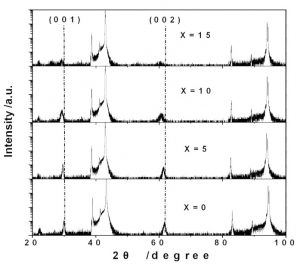 Alan Heeger, Physics, phase transitions e.g. ‘Mechanism for first-order magnetic transition in Fehr system’ J. Appl. Phys. 40 3 1368 (1969)
Alan Heeger, Physics, phase transitions e.g. ‘Mechanism for first-order magnetic transition in Fehr system’ J. Appl. Phys. 40 3 1368 (1969)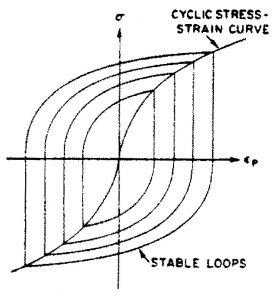 Campbell Laird, MSE, Fatigue studies in metals, e.g. ‘Cyclic stress-strain response of fcc metals and alloys Acta Met. 25, 10 1621 (1967)
Campbell Laird, MSE, Fatigue studies in metals, e.g. ‘Cyclic stress-strain response of fcc metals and alloys Acta Met. 25, 10 1621 (1967)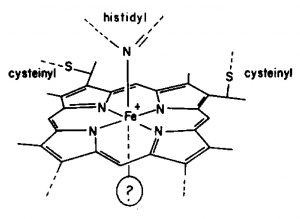 Robin Hochstrasser, Chemistry, studies in electronic spectroscopy e.g. ‘Electronic spectrum of single crystals of ferricytochrome-C’ J. Chem. Phys.46 7 2533 (1967)
Robin Hochstrasser, Chemistry, studies in electronic spectroscopy e.g. ‘Electronic spectrum of single crystals of ferricytochrome-C’ J. Chem. Phys.46 7 2533 (1967)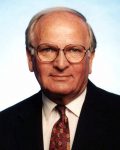 Robert Schrieffer, Physics, Superconductivity e.g. Relation Between Anderson and Kondo Hamiltonians By: Schrieffer, Jr; Wolff, Pa Physical Review Volume: 149 Issue: 2 Pages: 491-+ Published: 1966
Robert Schrieffer, Physics, Superconductivity e.g. Relation Between Anderson and Kondo Hamiltonians By: Schrieffer, Jr; Wolff, Pa Physical Review Volume: 149 Issue: 2 Pages: 491-+ Published: 1966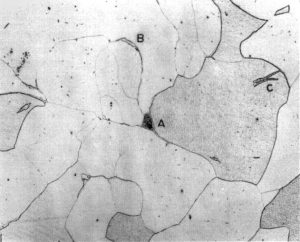 Charles McMahon, MSE, Embrittlement studies in iron e.g. ‘Initiation of cleavage in polycrystalline iron, Acta Met. 13, 6 591 (1965)
Charles McMahon, MSE, Embrittlement studies in iron e.g. ‘Initiation of cleavage in polycrystalline iron, Acta Met. 13, 6 591 (1965)
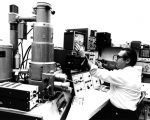
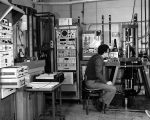
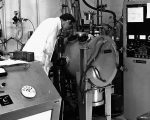
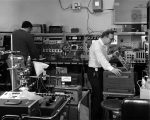
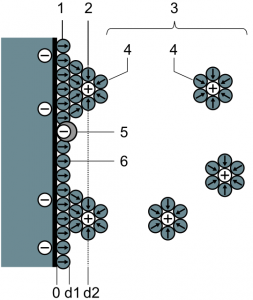
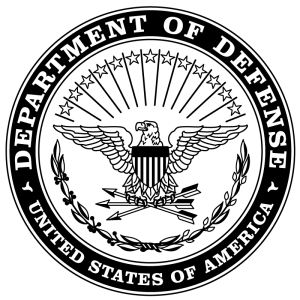 Call for proposals for Materials Research Laboratories.
Call for proposals for Materials Research Laboratories.